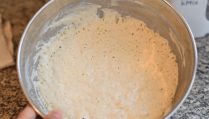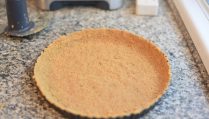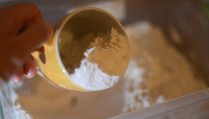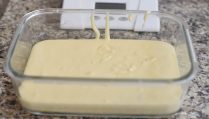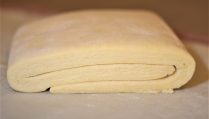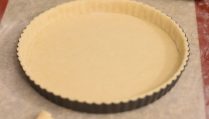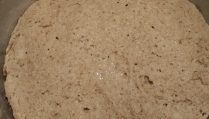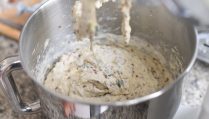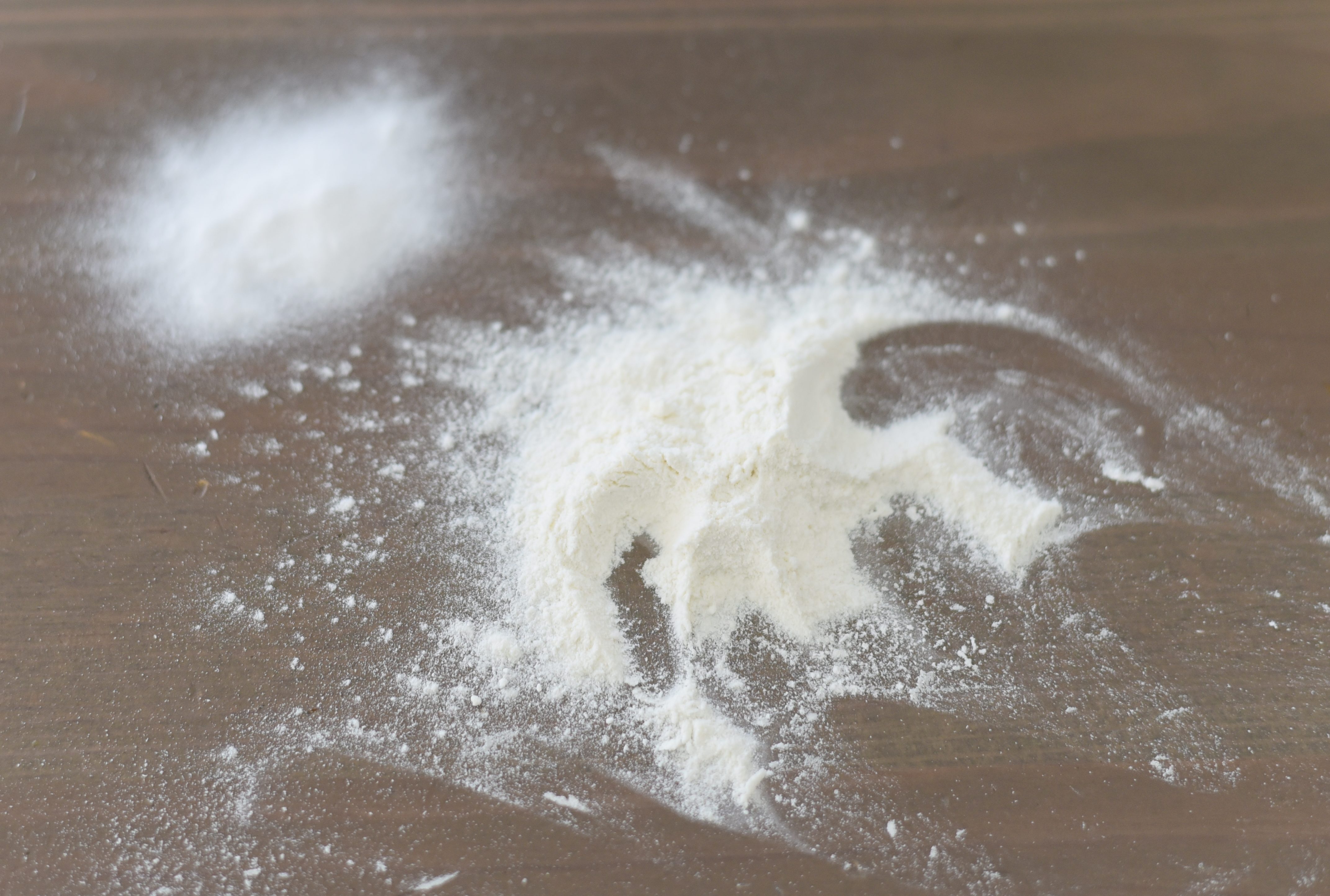Using baking powder in baking is quite common and contribute to the texture of the pastry, no doubt about that, let’s dig into this powder a bit to understand its role in baking and how to use it better.
Baking powder is so common we hardly stop and ask what’s in this chemical powder that makes our bread develop its rich tender texture, well here are a few facts about baking powder.
What is baking powder anyway?
It is a compound of carbonate or bicarbonate mixed with some sort of acidic agent. Acid-base reaction is what causes the carbon dioxide gas to be released into the batter and inflate it. The side effect of the gas release is the dough is expansion, making it stretchy and flexible.
Types of baking powder
In general, there are 2 different kinds of baking powder, slow-acting and fast-acting, each of them is working slightly different when mixed with the dough.
The fast-acting baking powder reacts to a wet mixture in room temperature and releases its gasses because of the baking soda reaction.
The slow-acting version will not release carbon dioxide until heated to high temperature (60°c/140°F), oven for example for cakes or a hot pan just like used for pancakes will trigger the slow acting reaction.
There is a mixture of both slow and fast acting powders and it is called double-acting baking powder, in this version the batter benefit from both worlds, both acting with the batter in room temperature thus expanding the dough plus a second rise in the oven when the batter reaches the temperature of 60°c/140°F, this is the point where fast acting baking powder starts to kick in.
How to use baking powder?
We’ve settled that the first reaction is in room temperature however in order to enable the acid-base reaction without using big amount of baking powder (it causes metallic flat taste when used excessively), it is recommended to use additional acidic agents such as; buttermilk, yogurt, lemon juice or honey.
In conclusion, amount of baking powder is low about 3-5 grams (1 teaspoon) with a batter that includes 1-1½ cups of flour, it’s a small portion which will be sufficient to do the trick.





